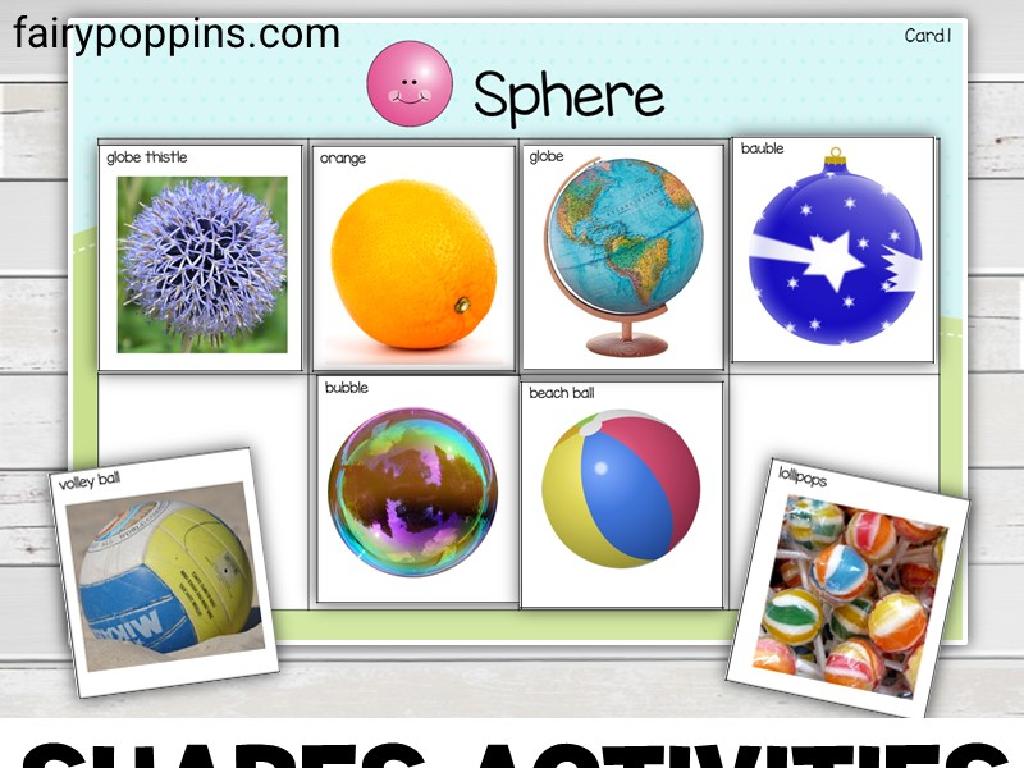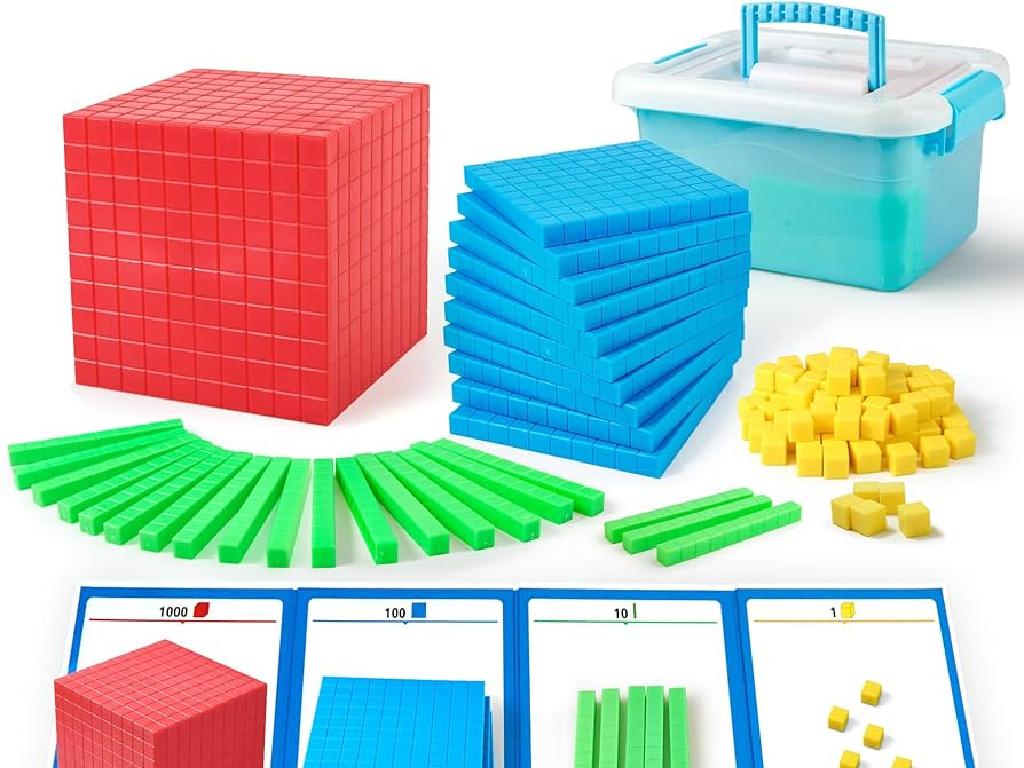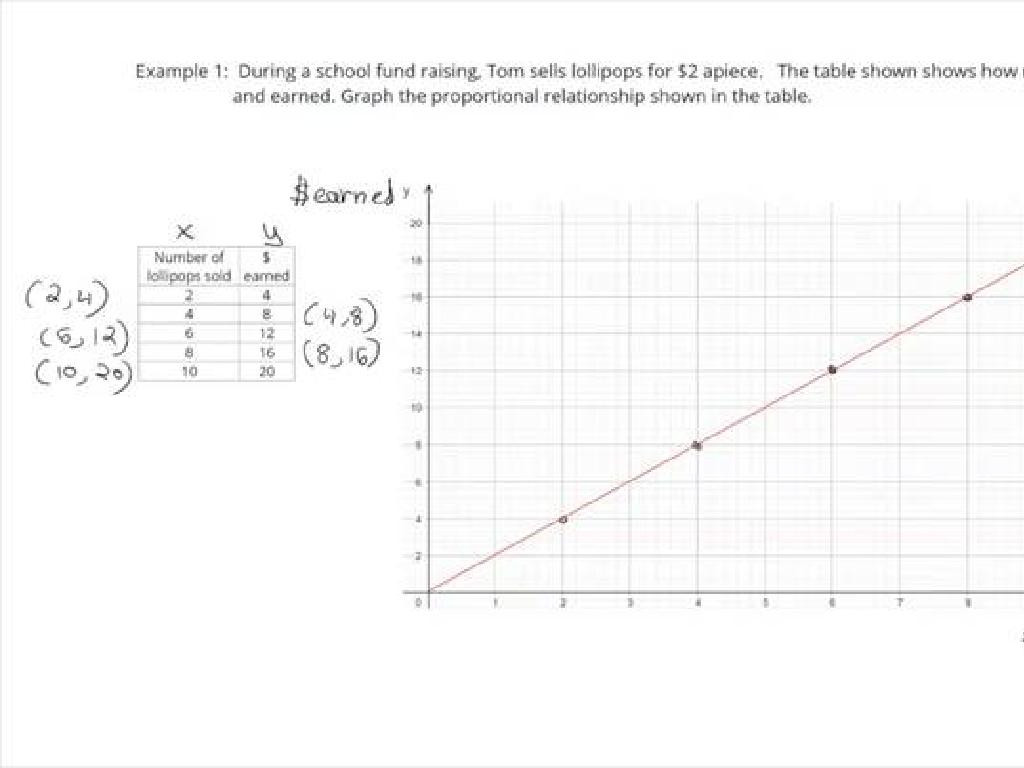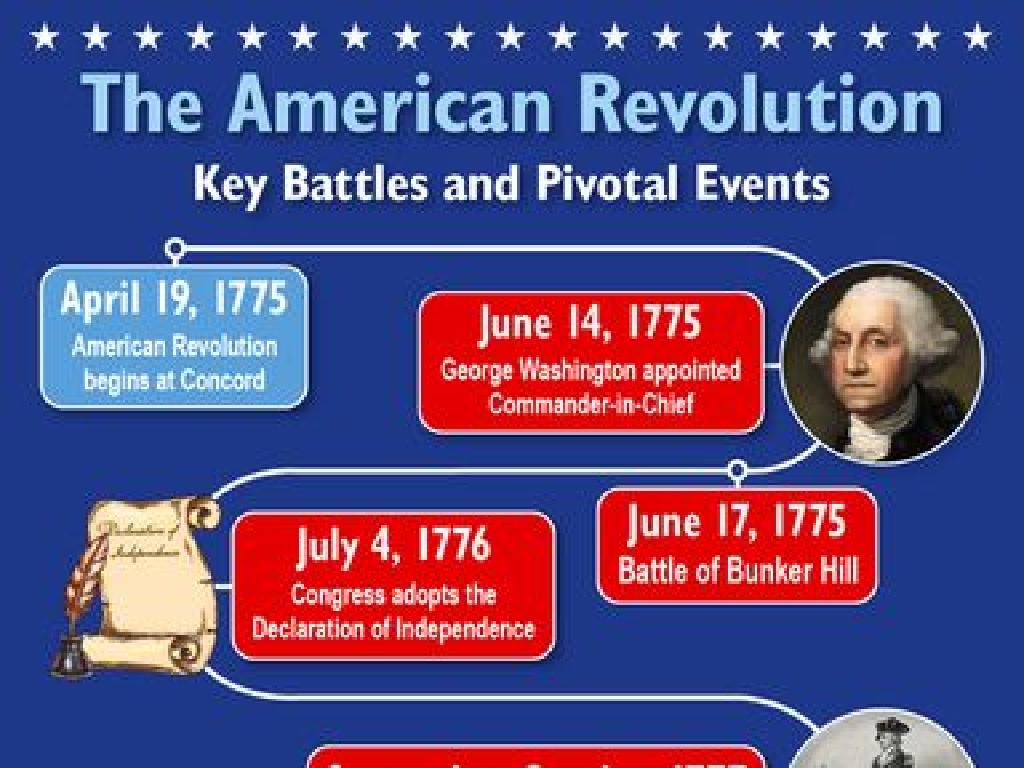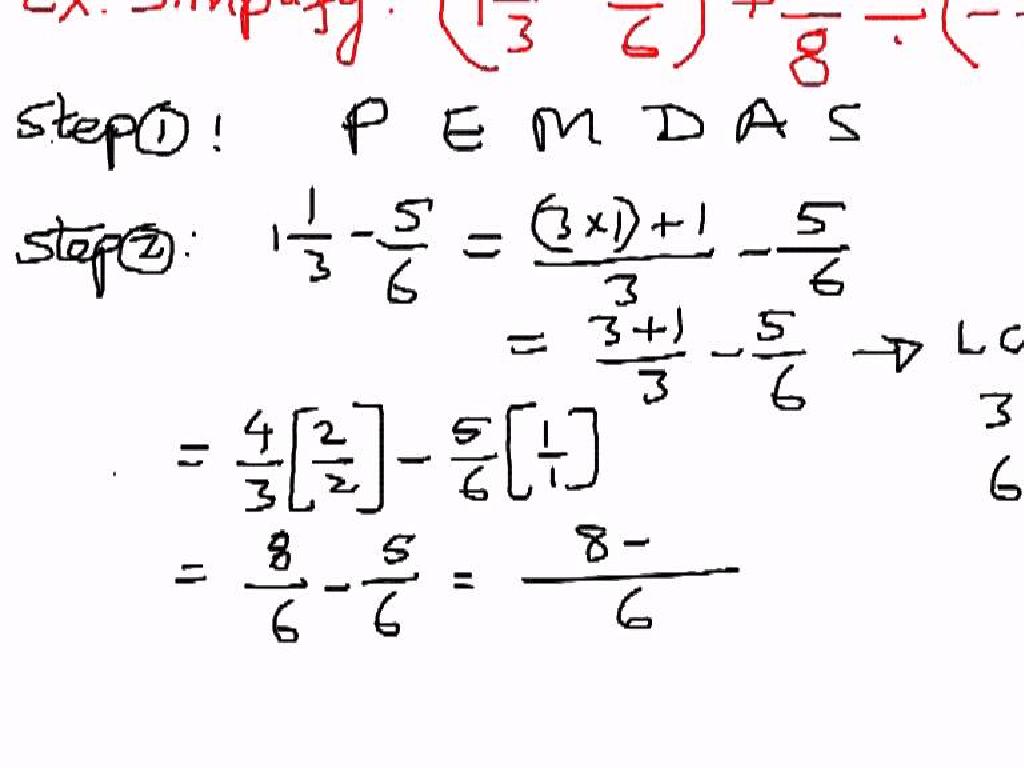Which Sentence Is In The Regular Past Tense?
Subject: Language arts
Grade: Third grade
Topic: Verb Tense
Please LOG IN to download the presentation. Access is available to registered users only.
View More Content
Exploring Regular Past Tense Verbs
– Understanding verb tenses
– What is a verb?
– Action words in sentences, like ‘run’, ‘jump’, ‘eat’
– Regular past tense verbs
– Verbs ending with ‘ed’, like ‘jumped’, ‘helped’
– Examples of regular past tense
– ‘I walked to the park’, ‘She painted a picture’
|
This slide introduces the concept of verb tenses, focusing on the regular past tense. Begin by explaining that verbs are words that show action or a state of being. Then, clarify that verb tenses tell us when the action happens. Today’s focus is on the regular past tense, which is used to describe actions that have already happened and are completed. Regular past tense verbs typically end in ‘ed’. Provide examples and encourage students to think of actions they did yesterday to relate to the concept. This will help them understand how to form and use the regular past tense in their writing and speaking.
Exploring Past Tense Verbs
– Verbs show action or state
– Past tense verbs end in -ed
– ‘Walk’ becomes ‘walked’
– Regular verbs in past tense
– Regular verbs follow a pattern
– Examples: jumped, talked, ate
– ‘Jump’ changes to ‘jumped’, ‘talk’ to ‘talked’. ‘Eat’ is an irregular verb, it changes to ‘ate’
|
This slide introduces the concept of verbs and focuses on the regular past tense form. Verbs are the words in a sentence that show action or a state of being. In the past tense, most regular verbs end with ‘-ed’. It’s important to highlight that while many verbs are regular, some are irregular and don’t follow the standard pattern, such as ‘eat’. Use examples to illustrate the difference. Encourage students to think of verbs they use every day and how they would change those verbs to talk about past actions. This will help them understand how to recognize and use the regular past tense in writing and speaking.
Understanding Past Tense Verbs
– Present tense: actions now
– Past tense: actions before now
– Regular past tense: adds ‘ed’
– ‘talk’ becomes ‘talked’, ‘clean’ becomes ‘cleaned’
– Example: ‘jump’ becomes ‘jumped’
– ‘I jump’ in the present is ‘I jumped’ in the past
|
This slide is aimed at helping third-grade students differentiate between present and past tense verbs. Present tense verbs describe actions that are currently happening, while past tense verbs describe actions that have already occurred. Emphasize that most regular past tense verbs end with ‘ed’. Provide examples of regular verbs changing from present to past tense by adding ‘ed’ at the end. Encourage students to think of verbs they use every day and practice changing them into the past tense. This will help solidify their understanding of regular verb conjugation in the past tense.
Regular Past Tense Verbs
– Making verbs past tense with ‘ed’
– To show an action already happened, like ‘jump’ becomes ‘jumped’
– Just add ‘d’ to verbs ending in ‘e’
– For example, ‘smile’ becomes ‘smiled’, not ‘smileed’
– Practice changing verbs to past tense
– We’ll work together to learn this!
|
This slide introduces the concept of regular past tense verbs to third-grade students. Start by explaining that to talk about something that happened before now, we use the past tense of verbs. For most verbs, we add ‘ed’ at the end. If the verb already ends with an ‘e’, we just add a ‘d’. Use clear examples on the board and encourage students to come up with their own examples. Organize a class activity where students can practice converting present tense verbs to past tense, both as a group and individually. Correct common mistakes, like adding ‘ed’ to verbs that already end in ‘e’. This will help reinforce the rules and ensure understanding.
Spotting Regular Past Tense Verbs
– What is regular past tense?
– It’s when verbs show an action that already happened, like ‘walked’ or ‘jumped’.
– ‘ed’ ending in verbs
– Verbs like ‘talked’ and ‘laughed’ tell us they happened in the past.
– Not all verbs end with ‘ed’
– Some verbs change in different ways, like ‘run’ becomes ‘ran’.
– Practice identifying regular past tense
|
This slide is aimed at helping third graders understand the concept of regular past tense in verbs. Begin by explaining that regular past tense verbs are used to describe actions that have already happened. Emphasize the common ‘ed’ ending, but also clarify that some verbs do not follow this rule and change form in different ways (these are called irregular verbs). Provide examples of both regular and irregular past tense verbs. Encourage students to look for the ‘ed’ ending to identify regular past tense verbs and to remember that not all verbs will follow this pattern. Include an activity where students can practice by identifying verbs in sentences and determining if they are in the regular past tense.
Spotting Regular Past Tense
– ‘I walked to the park.’
– ‘Walked’ shows the action is finished.
– ‘She talked to her friend.’
– ‘Talked’ is the past form of ‘talk’.
– ‘They jumped over the fence.’
– ‘Jumped’ tells us the jump is done.
– ‘We played in the yard.’
– ‘Played’ means play happened before now.
|
This slide is aimed at helping third graders recognize regular past tense verbs, which typically end in ‘ed’. The examples provided are simple and relatable to the students’ everyday experiences. Encourage the students to notice the pattern of adding ‘ed’ to the base form of the verb to indicate that the action has already happened. Ask the students to come up with their own sentences using regular past tense verbs and to share them with the class. This will help reinforce their understanding of verb tenses and ensure they can identify and use the regular past tense correctly.
Let’s Practice Identifying Past Tense Verbs!
– I’ll show sentences with past tense verbs
– Work with a partner on this task
– Pair up and help each other out
– Find the past tense verbs together
– Look for verbs that tell about things done in the past
– Share your findings with the class
|
This slide is designed to engage students in a collaborative activity where they practice identifying regular past tense verbs. Start by explaining that regular past tense verbs often end in ‘ed’ and indicate an action that has already happened. Display sentences on the board or on a handout, and ask students to work in pairs to find and underline the past tense verbs. Encourage them to discuss why they think each verb is in the past tense. After the activity, facilitate a class discussion where pairs share their answers and reasoning. This will help reinforce their understanding of verb tenses and allow them to learn from each other. Provide guidance and clarification as needed.
Class Activity: Verb Tense Hunt
– Explore the classroom for sentences
– Determine if sentences are regular past tense
– Regular past tense verbs often end in ‘ed’, like ‘walked’ or ‘jumped’
– Collect sentences for class review
– Understand regular past tense verbs
– Verbs that tell about actions that happened already
|
This interactive activity is designed to help students identify and understand regular past tense verbs in a fun and engaging way. Scatter sentences around the classroom beforehand, ensuring a mix of past, present, and future tenses. Encourage students to work in pairs to find the sentences and determine if they are in the regular past tense. Provide a worksheet for them to record their findings. After collecting the sentences, regroup and discuss each one, highlighting the regular past tense verbs and explaining why they are in that tense. This will reinforce their understanding of verb tenses and how to recognize them in different contexts.
Mastering Regular Past Tense Verbs
– Congrats on learning past tense verbs!
– ‘ed’ is the past tense clue for regular verbs
– Verbs like ‘jump’ become ‘jumped’ in past tense
– Practice is key – continue at home!
– Try writing sentences with new verbs in past tense
– Keep up the great work!
|
This slide is a conclusion to reinforce the lesson on regular past tense verbs. It’s important to praise the students for their effort and ensure they understand the key takeaway: the addition of ‘ed’ to the end of regular verbs to form the past tense. Encourage them to continue practicing by reading and writing sentences at home, using a variety of regular verbs. This will help solidify their understanding and ability to recognize and use regular past tense verbs correctly. Provide some examples of regular verbs and their past tense forms for students to use as a reference when practicing.

